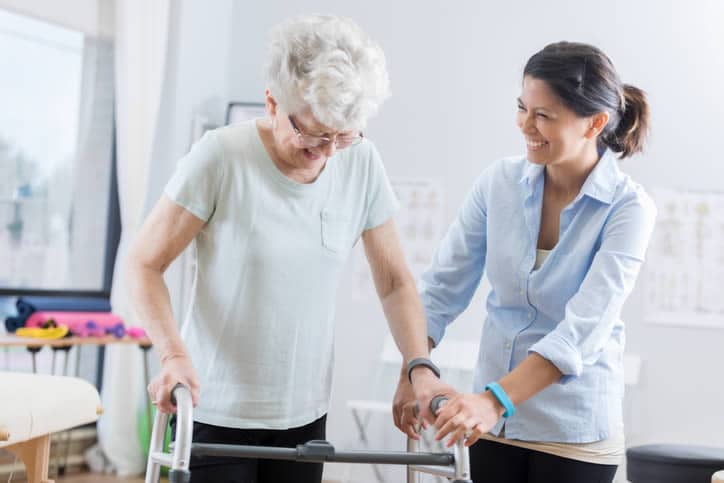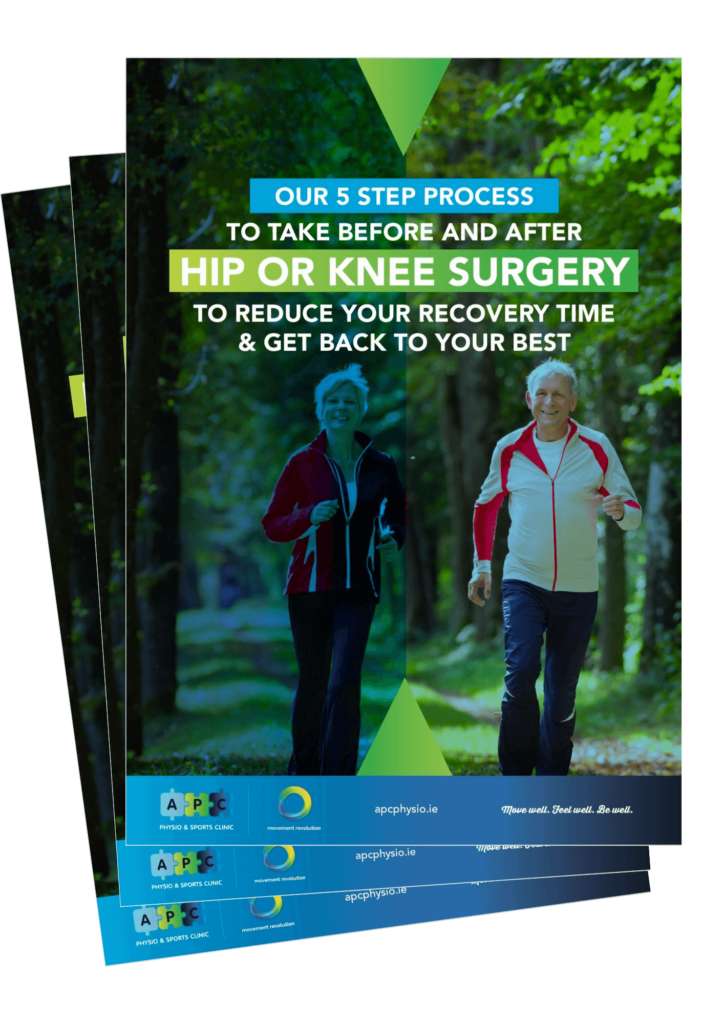
Hip pain relating to the joint is a very common presentation as is seen in more senior members of society. The associated diagnosis is that of Osteoarthritis (OA), otherwise referred to as ‘wear and tear’. This is a term feared by many because of it’s negative associations but is actually a very common part of the ageing process and does not always equate to severe pain or disability once managed well.
Hip joint OA is graded as mild, moderate or severe depending on the progression of the condition. It presents in several ways but mainly starts becoming an issue from the mid to late moderate stage onwards.
People report achy pain around the outside buttock, across the groin, lower back that sometimes refers down as far as the knee. People report an increased feeling of stiffness, declining mobility and at this stage use medication regularly to manage their symptoms.
Common issues for people with severely arthritic hips are difficulty putting on socks, sitting in and out of the car and walking for distances of more than quarter of a mile. The end result is that one’s mobility, independence and quality of life are significantly affected.
A pertinent question that so many people with this type of hip pain ask us is , “when is the best time to ‘bite the bullet’ and go for hip replacement surgery?”. Before answering this question I ask a few other questions that will help come to a decision that is best for each unique case.
These questions include , but are not limited to :
- How long have you had your hip pain?
- Is the pain starting to wake you at night?
- Are you limping or starting to feel you are slowing down due to the pain?
- Have you tried any physiotherapy joint treatment to loosen the hip?
- Have you tried exercises to help build up muscle around the hip to take pressure off the joint?

Many people are not aware that physiotherapy can help with hip joint pain and they are certainly not aware that building up the muscle around the hip can often result in several months to years of normal life before having to go for surgery.
Naturally, not all people respond to physiotherapy and there are signs and symptoms that strongly indicate that a person be referred to an orthopaedic surgeon. In the meantime the research supports that people build muscle and improve fitness, despite pain, for at least eight weeks prior to their surgery date. This helps with recovery after surgery and being cardiovascularly fitter going into surgery reduces associated risk factors when compared to unfit individuals.
So either way asking your Physiotherapist or for an assessment to determine the health of the hip, and test mobility, hip muscle strength and balance, will help provide a full picture. This way a plan can be put in place to see if the pain settles or to build up the strength and fitness prior to surgery.
For more detailed information on this topic feel free to download our Free guide.
‘Move Well, Feel Well, Be Well’
Written By Patrick Hanley 27/01/22
